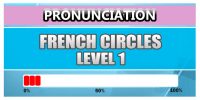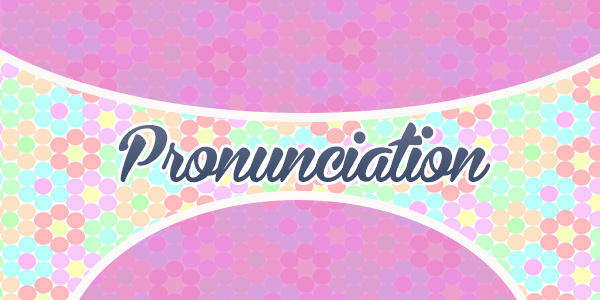The preposition “à”
Learn about the preposition “à”, it’s several meanings and various contexts. Learn how the preposition “à” can contract with definite articles and the forms of the contractions.
Short video
In French, the preposition “à” has several meanings (to, at in and on) and can be used in various contexts.
Here are some of its common uses:
Direction or Destination:
Je vais à la plage
I am going to the beach.
It indicates the direction or destination.
Location:
Il habite à Paris
He lives in Paris.
It indicates a specific location.
Time:
Rendez-vous à 3 heures.
Meeting at 3 o’clock.
It can indicate a specific time.
Purpose or Goal:
Notre but est de contribuer à la préservation de l’environnement.
Our goal is to contribute to the preservation of the environment
It indicates the purpose or goal.
Belonging or Possession:
Le livre appartient à Marie.
the book belongs to Marie.
It indicates belonging or possession.
Manner or Means:
Écrire à la main.
To write by hand.
It can indicate the manner or means by which something is done.
Relationship:
Il est marié à Marie
He is married to Marie.
It indicates a relationship or connection.
Infinitive Verb:
J’ai finalement réussi à comprendre cette blague
I finally managed to understand this joke
It can introduce an infinitive verb.
Comparisons:
Il est supérieur à Pierre
He is superior to Pierre.
It is used in comparisons.
These are just a few examples, and the preposition “à” can have other nuanced uses in different contexts.
The specific meaning often depends on the context in which it is used.
À, AU, AUX
In French, the preposition “à” can contract with definite articles “le,” “l’,” and “les” to form the contractions “au” and “aux.” The contractions “au” and “aux” are used to avoid consecutive vowel sounds, making the language flow more smoothly.
These contractions are used in specific situations:
À + le = au: (masculine singular)
Je vais au marché
I am going to the market.
À + les = aux: (masculine plural)
Elle parle aux enfants
She is talking to the children.
These contractions are an important aspect of French grammar, and their usage helps maintain the smooth flow and pronunciation of the language.
À + l’ = à l’ (no contraction):
Il va à l’école
He is going to school.
Note that “à” does not contract with “la” or “l'”—it only contracts with “le” and “les.”
More French grammar? Practice here:
Explore More French Grammar Levels: Click on Your Level of Interest:
Grammar Level 1
Grammar Level 2
Grammar Level 3
Grammar Level 4
Grammar Level 5
Grammar Level 6
Grammar Level 7
Grammar Level 8
French Resources for Level 1:
Do you want to practice another Resource? Click on the image of your interest:





















































